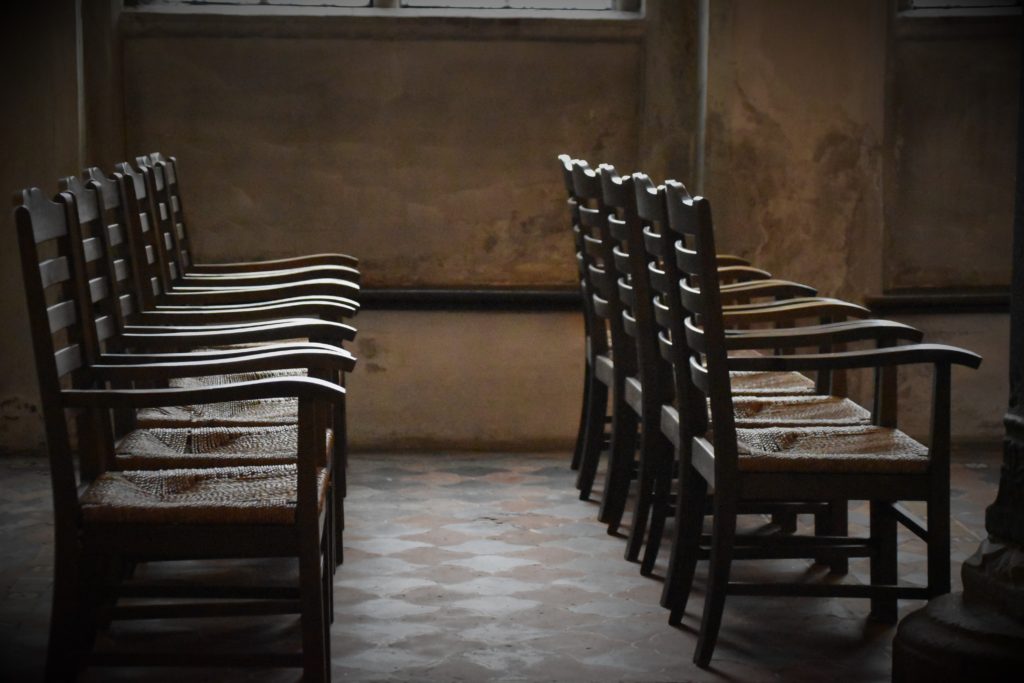Unlike our colleagues in disciplines such as anthropology and psychology, historians don’t often think about their ethical obligations to their subjects. We are not reliant on the same face-to-face interactions predicated on trust and thus confidentiality. We generally write about people who are no longer living, feeling, and thinking. But does writing about the dead actually simplify our duty of care and responsibility to the people whose stories we are uncovering? Particularly when dealing with sensitive medical records and ‘vulnerable’ people, we need to remember that the dead cannot argue, speak back, or even give consent. Whilst it is important to uncover the distress and voice of such people of the past, we ought also pause to ask if we are often so concerned with asking if the subject can speak, we forget to ask if they want to. Am I, as a researcher, regarding and displaying the pain of another with the same degree of empowered and detached entitlement as those who created the records in the first place?
The obvious answer would presumably be anonymisation: telling the story without revealing whose story it is. However, anonymising records is not a value-free act. In doing so, we must question whose reputation we are protecting and why? In removing identities, are we in fact implying that they have undergone something shameful which either they, or their descendants, should wish to bury with them? Indeed, when writing the histories of vulnerable people or stories such as mental distress or trauma, we are seeking to uncover the secrets of the archive and the processes which erased people’s identities. Echoing this anonymisation effectively renders the researcher complicit; replacing personhood with patienthood or victimhood. Silence in the historical record therefore not only allows acts of violence to continue unchallenged or submerged, it can also be the final act of symbolic violence at the hand of the researcher herself.

Whilst there are no easy answers to these questions, starting with an awareness of them coupled with sensitivity and empathy is a crucial first step. Even just including a forename can embed a person in his or her context and, crucially, humanise them. We cannot lose these patients to abstraction; to the cold and distancing games which frame them not as people but as discursive constructs and endless signs. What we can do is aim to illuminate the operations of power they were subjected to and uncover these experiences; what was said, felt, and endured in all its complexity. Crucially though, only as long as we confess to our own role and position of control over the sounds and silences of the archive and the patients captured therein.
In the second part of this series, PhD Candidate and SHaME Researcher Adeline Moussion responds by asking when and how silences resulting from shame can be used as data.
Adeline Moussion
‘Silence and shame, ethics and the living’
*Opinions expressed by guest bloggers are their own and don’t necessarily represent the views of the SHaME Research Hub.